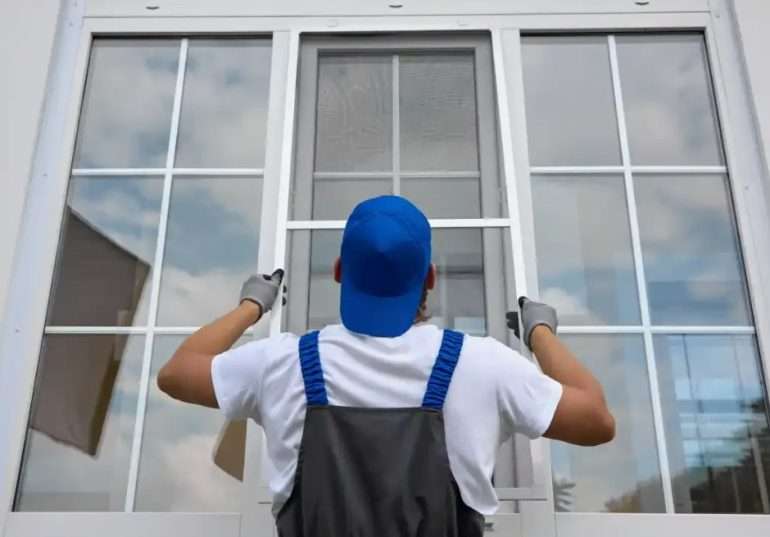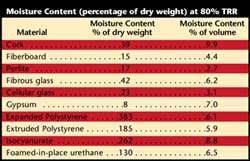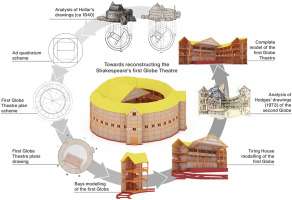In an era increasingly defined by environmental consciousness, the construction industry is undergoing a significant transformation, seeking innovative and sustainable alternatives to traditional building practices. The environmental impact of conventional building materials, from carbon emissions during manufacturing to the depletion of natural resources, has prompted a global search for eco-friendly options. This search has led to the development and increased adoption of materials that minimize environmental harm, promote resource efficiency, and contribute to healthier indoor environments. Let’s explore five of the world’s most promising and readily available eco-friendly building materials, paving the way for a greener and more sustainable future. Discover how these materials can revolutionize the way we construct our homes and cities, embracing a more environmentally responsible approach to building.
1. Bamboo: Nature’s Sustainable Steel
Bamboo is a rapidly renewable resource, growing much faster than hardwood trees. Its impressive strength-to-weight ratio makes it a versatile material for a wide range of applications.
- Rapid Growth: Bamboo matures in 3-5 years, compared to decades for most trees.
- High Strength: Comparable to steel in tensile strength, making it ideal for structural applications.
- Carbon Sequestration: Absorbs significant amounts of carbon dioxide during its growth cycle.
2; Recycled Plastic: Transforming Waste into Worth
Mountains of plastic waste are a global crisis. Recycling plastic into building materials offers a powerful solution, diverting waste from landfills and reducing the demand for virgin plastics.
Benefits of Recycled Plastic in Construction:
- Durability: Resistant to moisture, rot, and pests.
- Lightweight: Easier to transport and handle than traditional materials.
- Versatile: Can be molded into various shapes and sizes for diverse applications.
3. Hempcrete: A Breathable and Sustainable Concrete Alternative
Hempcrete, a bio-composite material made from hemp hurds (the woody core of the hemp plant), lime, and water, offers a sustainable alternative to traditional concrete.
Why Choose Hempcrete?
- Carbon Negative: Absorbs more carbon dioxide during its lifecycle than it emits.
- Breathable: Regulates humidity and improves indoor air quality.
- Fire Resistant: Naturally resistant to fire, providing added safety.
4. Mycelium: Building with Fungi
Mycelium, the root structure of mushrooms, can be grown into various shapes and used as a binding agent. It is truly an innovative eco-friendly building materials.
Mycelium’s Unique Advantages:
- Biodegradable: Completely compostable at the end of its life.
- Lightweight: Easy to handle and transport.
- Insulating: Provides excellent thermal and acoustic insulation.
5. Straw Bales: Natural Insulation and Structural Support
Straw bales are a readily available and affordable agricultural byproduct that can be used as a building material, particularly for walls.
The Advantages of Straw Bale Construction:
- Excellent Insulation: Provides superior thermal performance, reducing heating and cooling costs.
- Renewable Resource: Straw is an agricultural byproduct that is readily available.
- Carbon Sequestration: Straw stores carbon dioxide absorbed during plant growth.
The adoption of these eco-friendly building materials represents a critical step towards a more sustainable future for the construction industry. They offer compelling benefits, from reducing carbon emissions and conserving resources to creating healthier and more comfortable living spaces. As we continue to innovate and refine these materials, the potential to transform the built environment and minimize our environmental footprint becomes increasingly evident.






